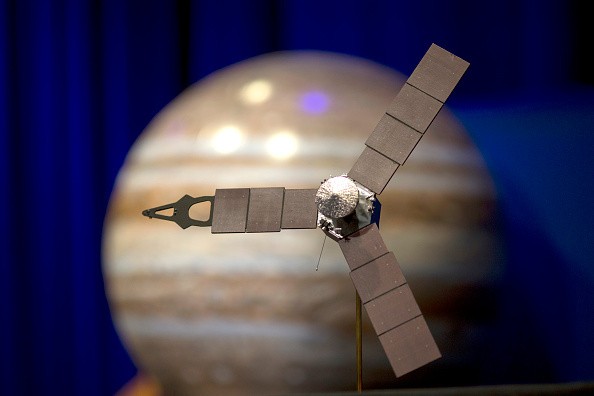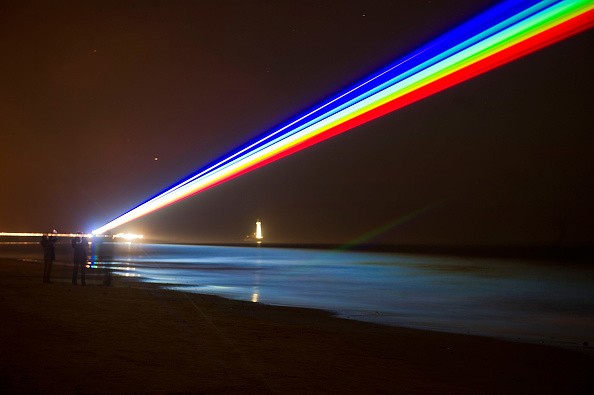NASA's new invisible laser beams are expected to enhance space communication once reaching outer space. The new LCRD (Laser Communications Relay Demonstration) arrived in Florida last May.

Related Article : One of the Lucy Spacecraft's Solar Arrays "May Not be Fully Latched"
As of the moment, this space laser technology is already fully integrated into the host spacecraft. This means that it is finally ready for its last test, which would allow the National Aeronautics and Space Administration to check if LCRD can survive once it is sent off into space.
"NASA's Laser Communications Relay Demonstration (LCRD) is gearing up for launch this fall, no earlier than Nov. 22," said the giant agency via its official blog post.
However, the exact date for LCRD's launch is not yet confirmed. This would still depend on the output of NASA's last test run.
NASA's Invisible Laser Beams To Enhance Space Communication
According to SlashGear's latest report, the upcoming demonstration of NASA for its new LCRD technology would offer more insights on how laser beams could enhance the current space communication.

Also Read : NASA Tracks Multiple Asteroids Passing By Earth, One Nearly the Size of Empire State Building-Are They Safe?
The advanced Laser Communications Relay Demonstration is expected to reduce the power requirements of a communications system aboard spacecraft.
Aside from this, NASA's new LCRD could also reduce a communications system's weight and size. It would work by extracting the full potential of infrared light's power.
After that, LCRD would send and receive information encoded into the invisible laser beams from various locations. NASA is also working on other space missions right now. These include the new NASA Lucy asteroid mission.
Meanwhile, NASA Hubble Space Telescope was able to capture water vapor in one of Jupiter's moons.
Other Activities of NASA
NASA also confirmed that it would use a gamma-ray telescope to map the Milky Way Galaxy.
The giant space agency would specifically rely on COSI (Compton Spectrometer and Imager) to study various space activities in the solar system's host galaxy. These include stars' deaths, chemical elements' formations, and more.
It is expected to be launched this coming 2025.
For more news updates about NASA and its upcoming space missions, always keep your tabs open here at TechTimes.
This article is owned by TechTimes
Written by: Griffin Davis




